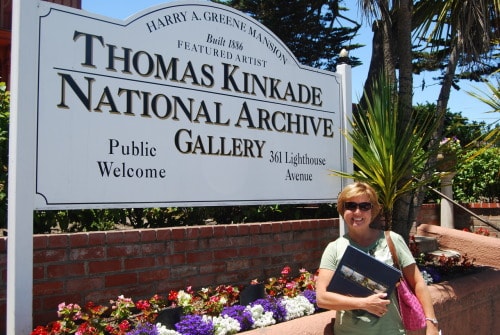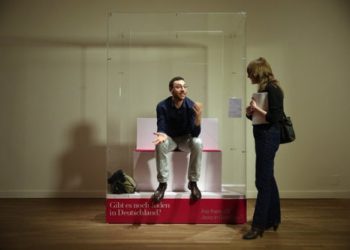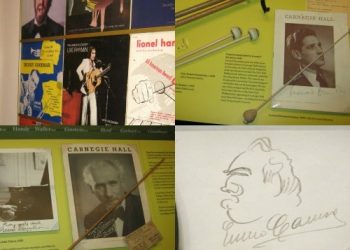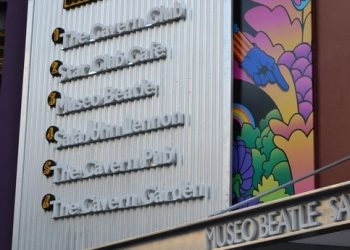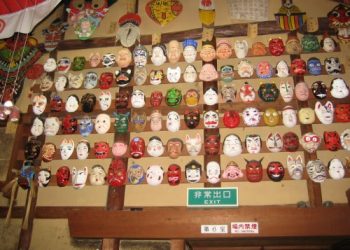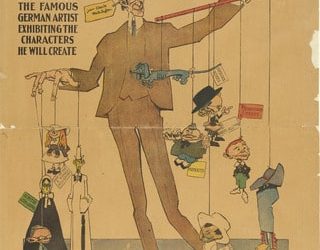We all have opinions on what is considered “real art”. As someone who grew up with a mom who was a struggling artist, I have many thoughts on this subject, and have covered it a few times already on this blog. I still have the vivid memory of an older student in one of my art history classes going on and on about how Picasso couldn’t draw (um…he could…have you seen his earlier work?) and how much she loved Norman Rockwell. Well, my apologies for sounding like an artsy fartsy snob, but the late Thomas Kinkade was not an artist, he was a businessman. And we all know this is very true, after all he was America’s most-collected living artist, making well over 70 million dollars. His paintings of glowing, oversaturated stone cottages in woodsy environments are supposedly found in one in every twenty American homes, including the White House. Shame on you, Mr. President!
If most museologists believe today’s museums exist only to make money, then the Thomas Kinkade National Archive Gallery fits right in with this world. Located in the historic Harry A. Greene Mansion in Monterey, California, the archive has the largest display of Kinkade “originals”, including some of his earliest known work. And of course there is a gift shop. Hey, where you do think that chick in the photo got her copy of The Thomas Kinkade Story? I mean we’re talking about a guy who licensed his “art” with Hallmark and other corporations like Walmart making it nearly impossible to never see one of his images. Try to escape…you can’t! Since his death last April, there are plans to establish a legacy for the “Painter of Light” with a more official museum and cultural center. While some of you start to prepare for the apocalypse and others attempt to contain your excitement at the thought of a real Thomas Kinkade Museum, let me leave you with this quote from writer Joan Didion:
“A Kinkade painting was typically rendered in slightly surreal pastels. It typically featured a cottage or a house of such insistent coziness as to seem actually sinister, suggestive of a trap designed to attract Hansel and Gretel. Every window was lit, to lurid effect, as if the interior of the structure might be on fire.”
